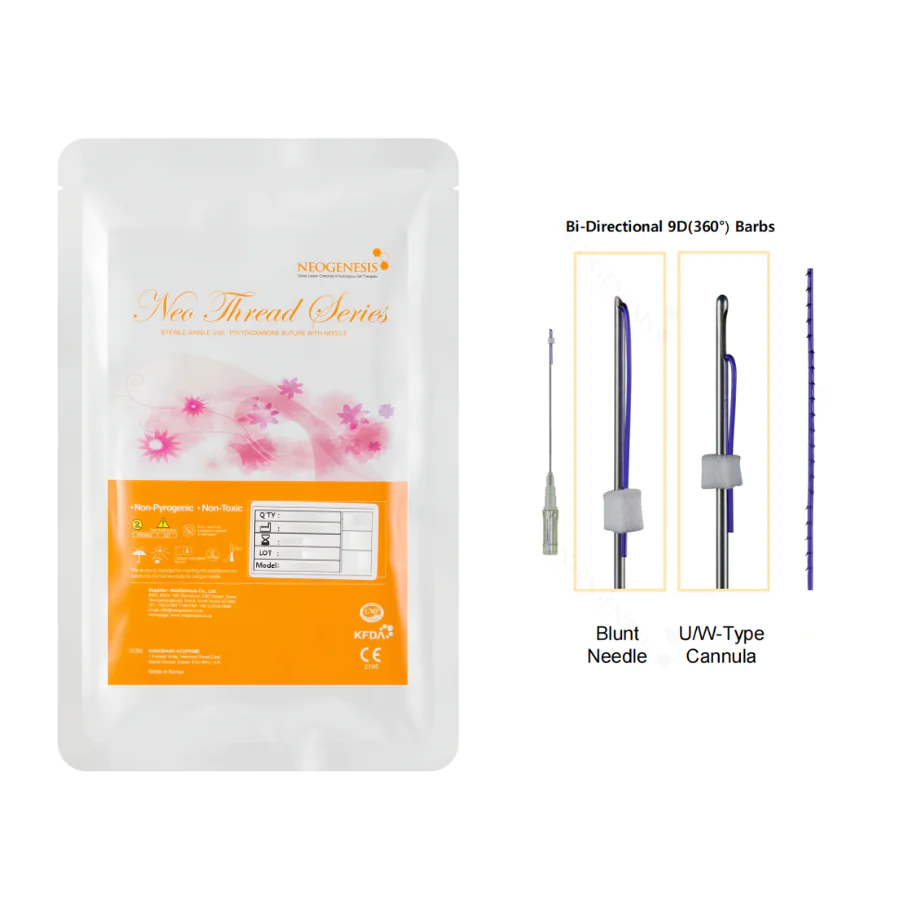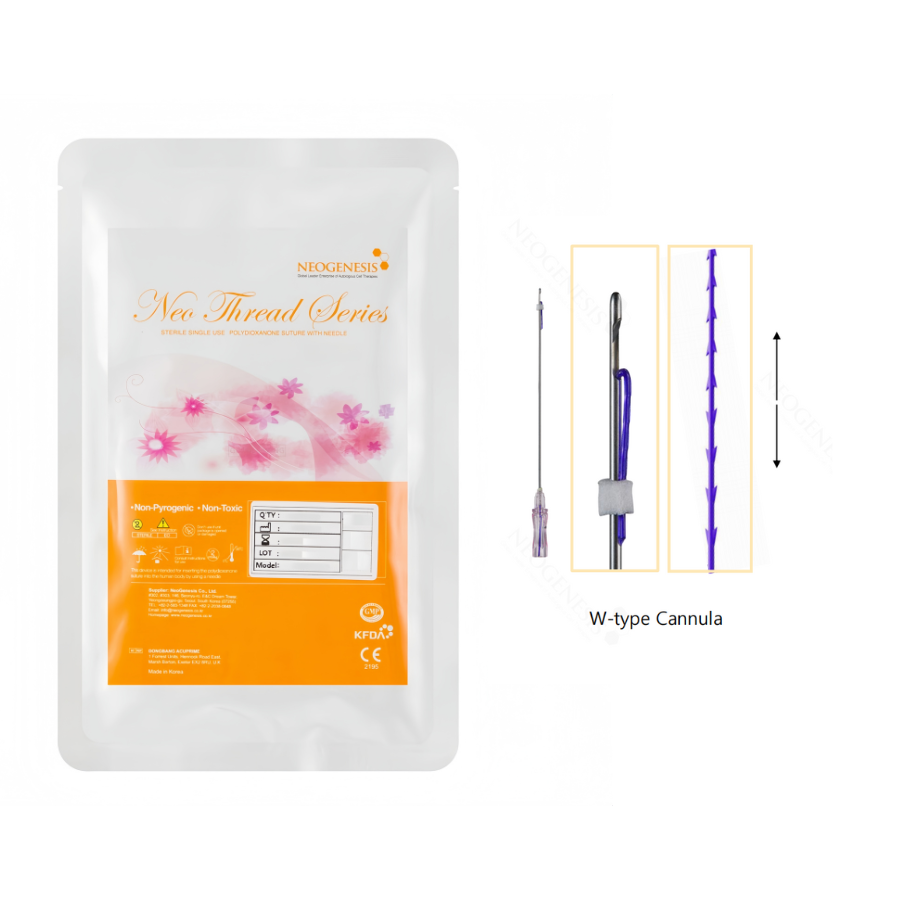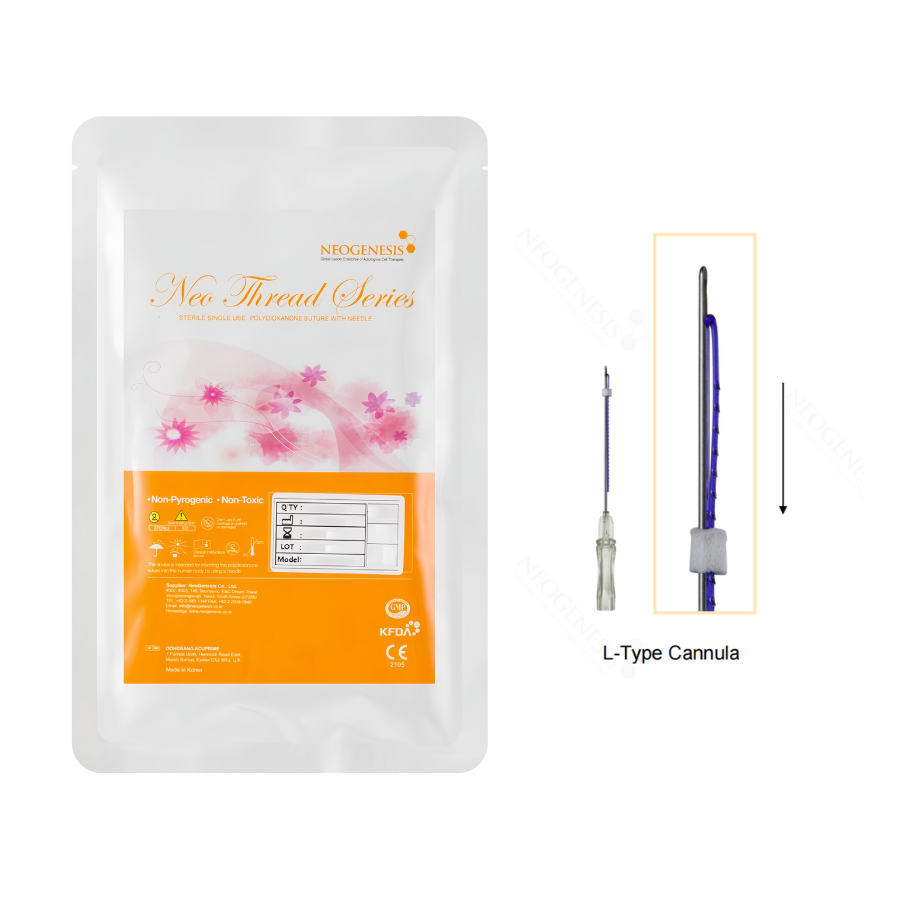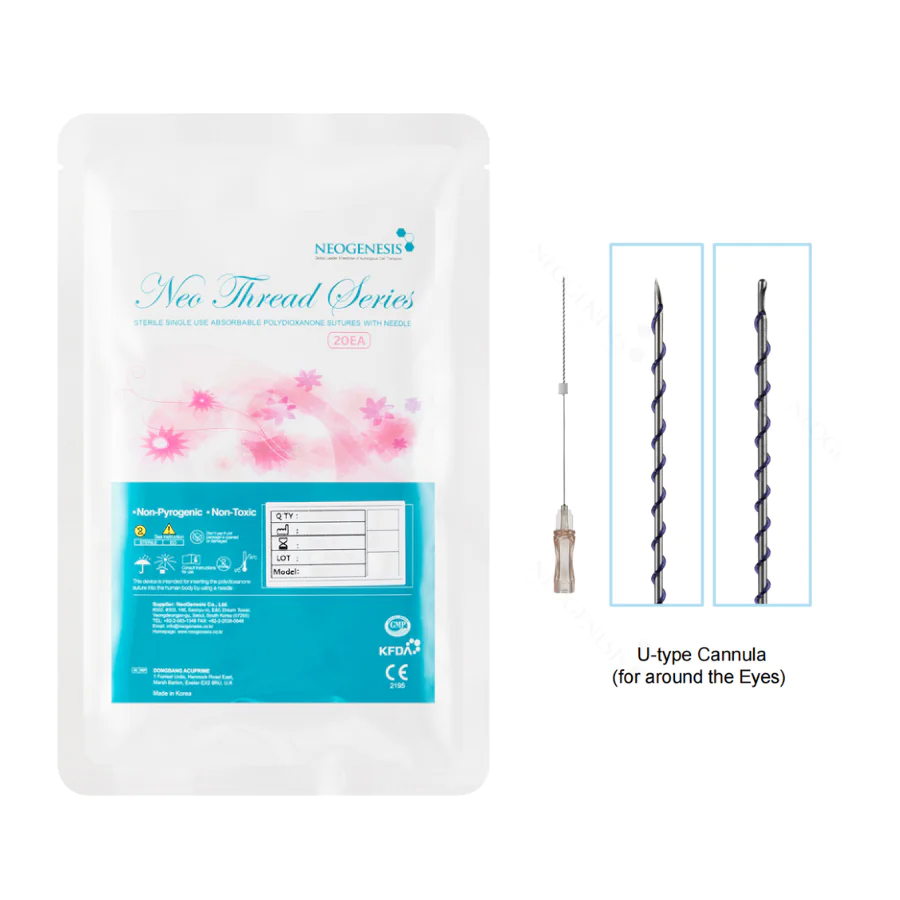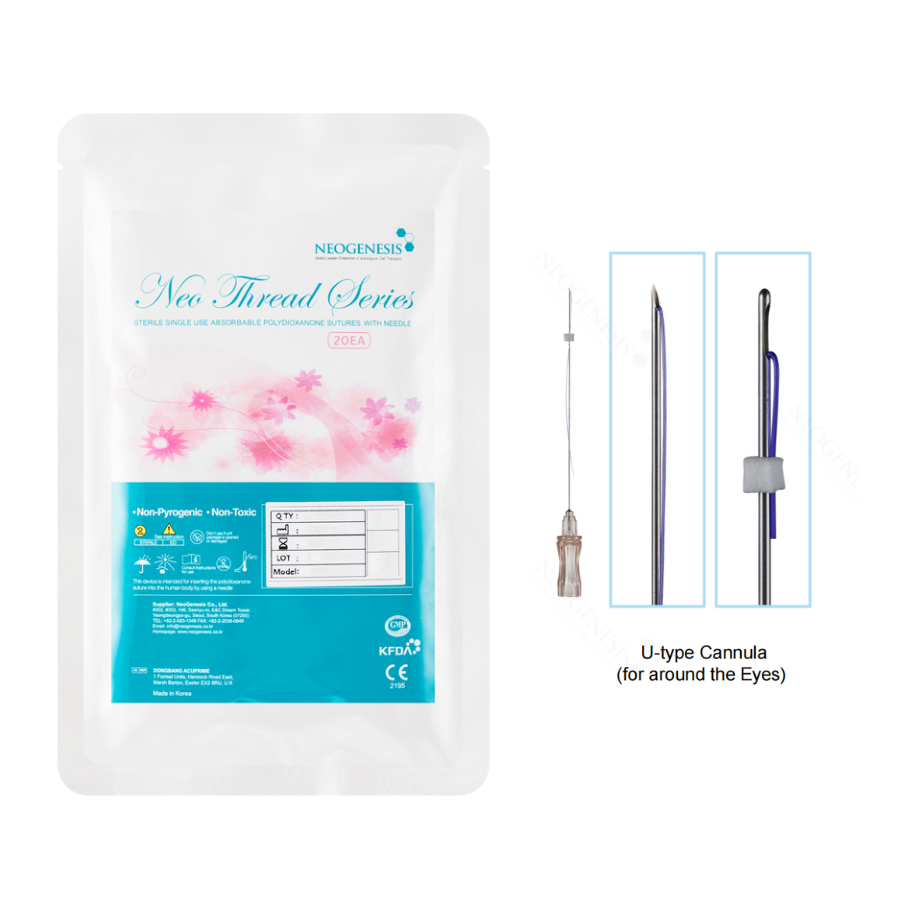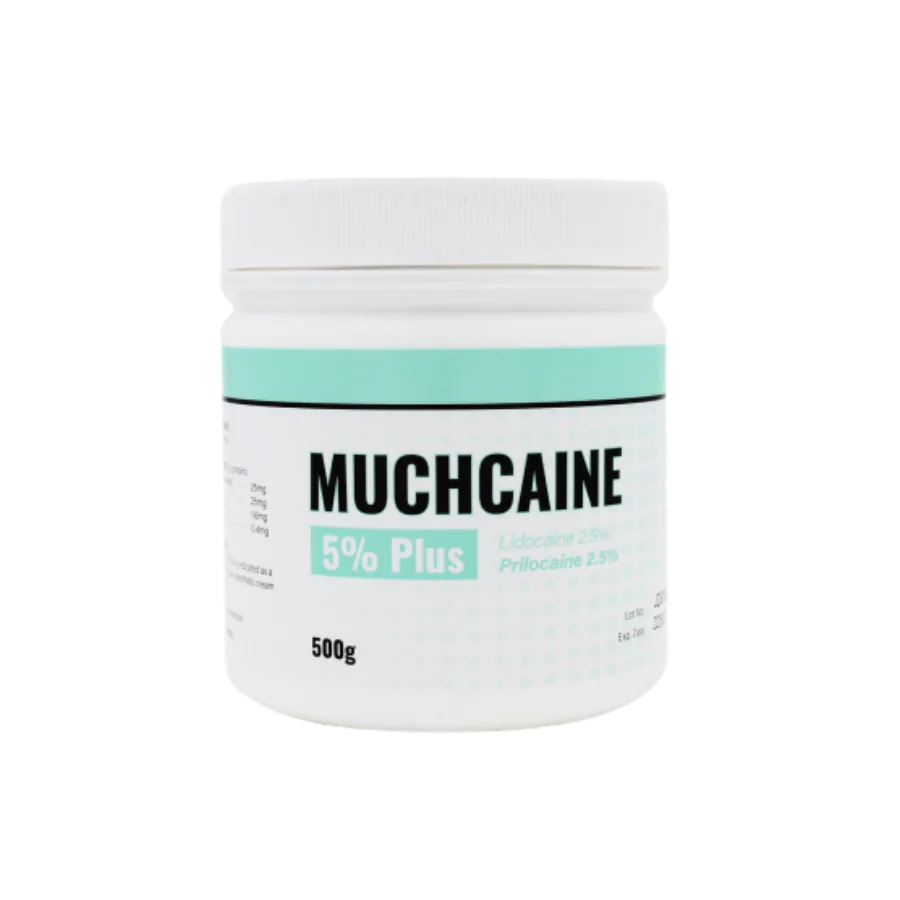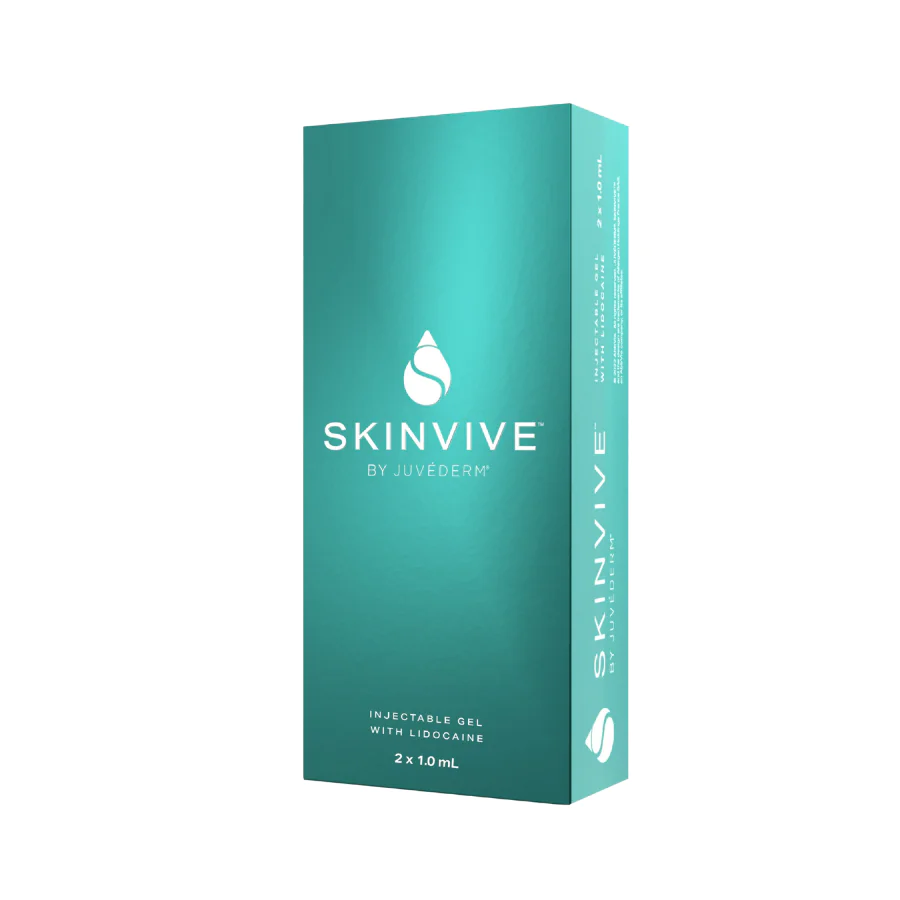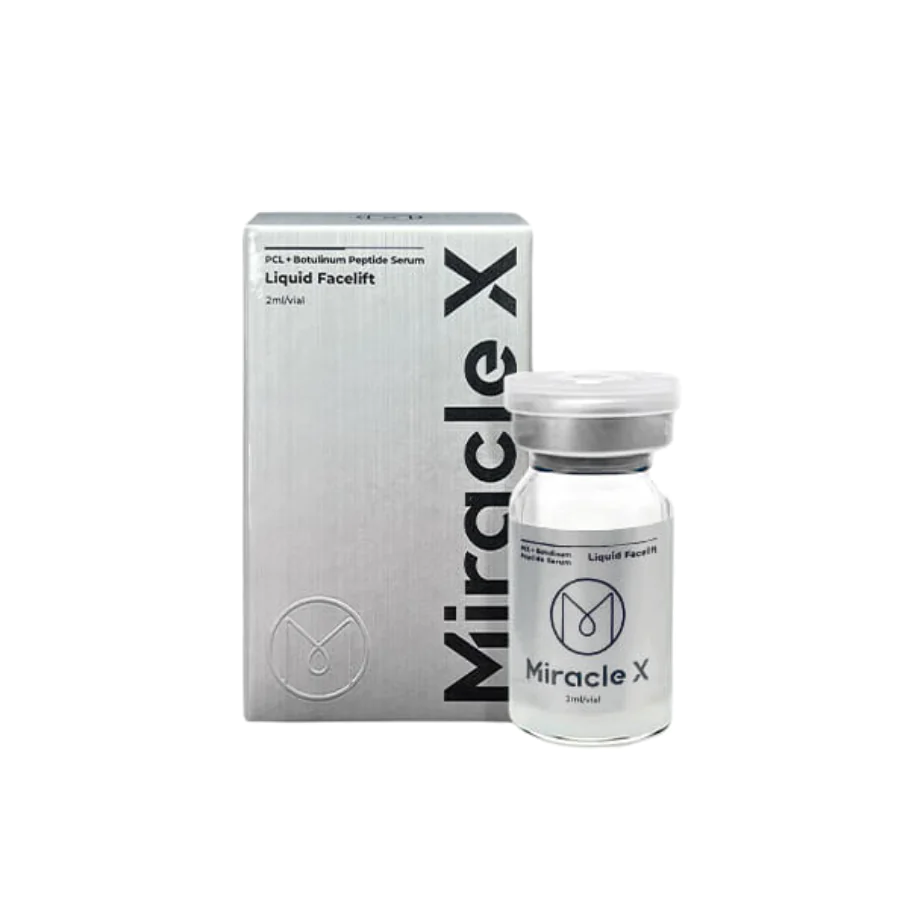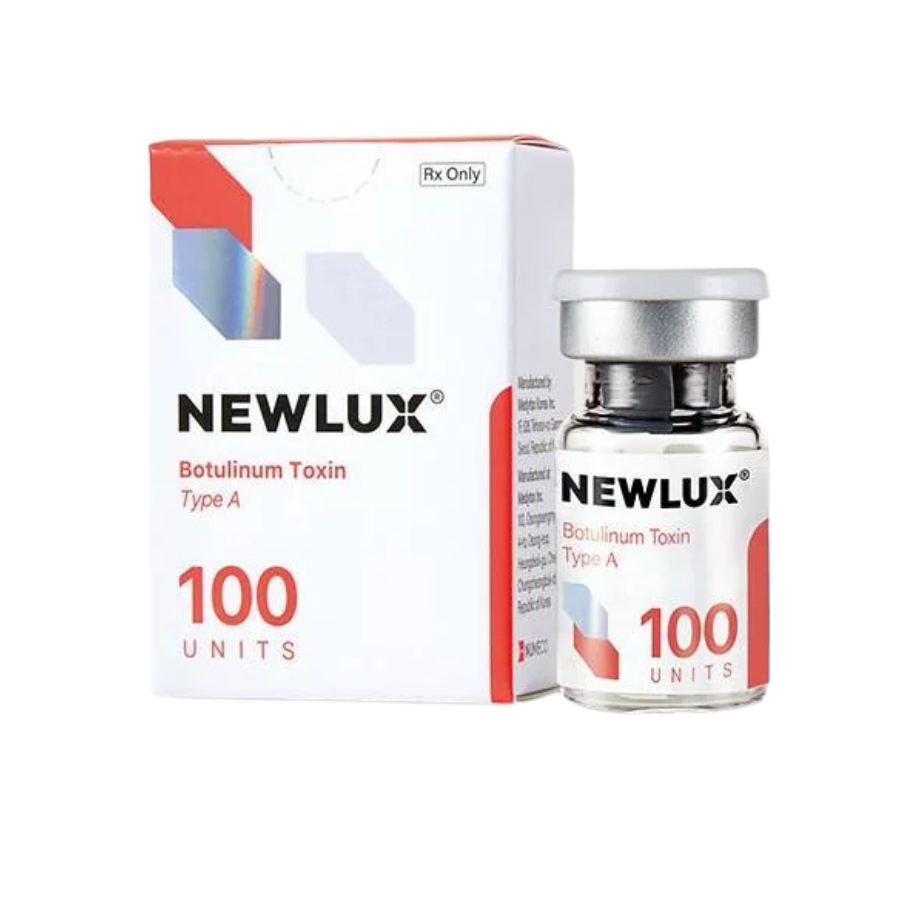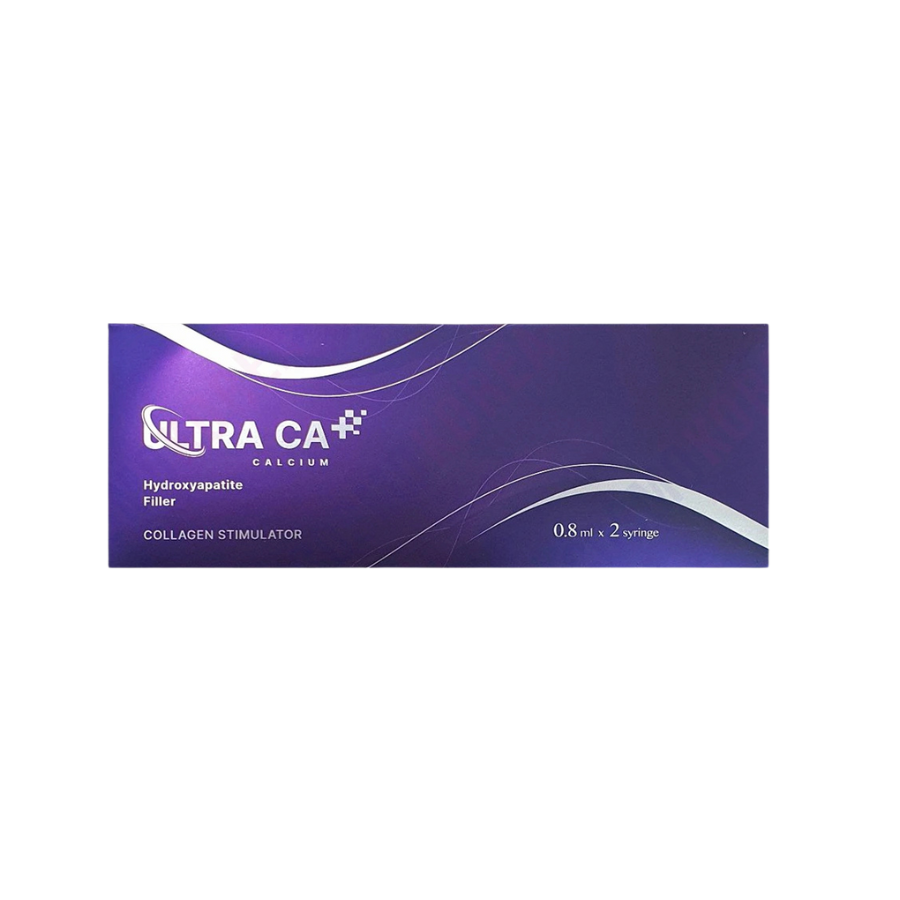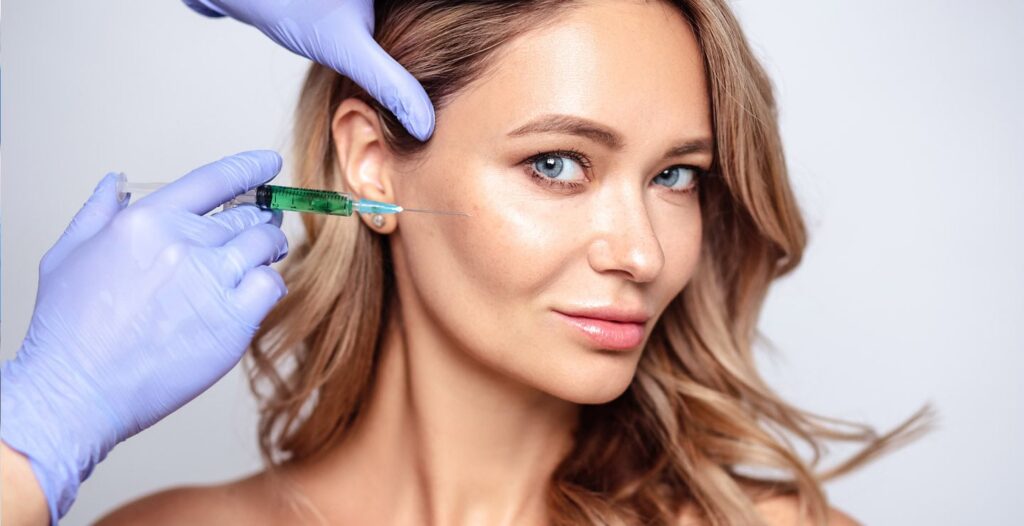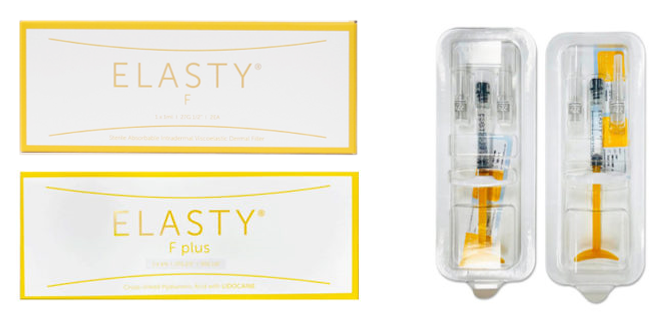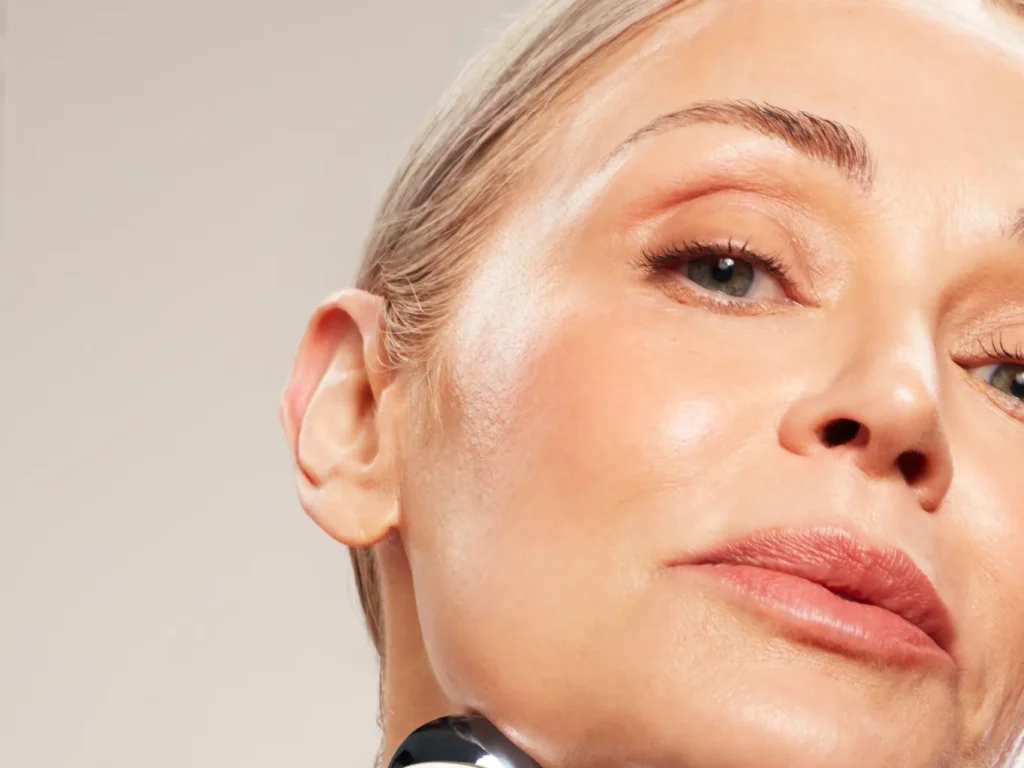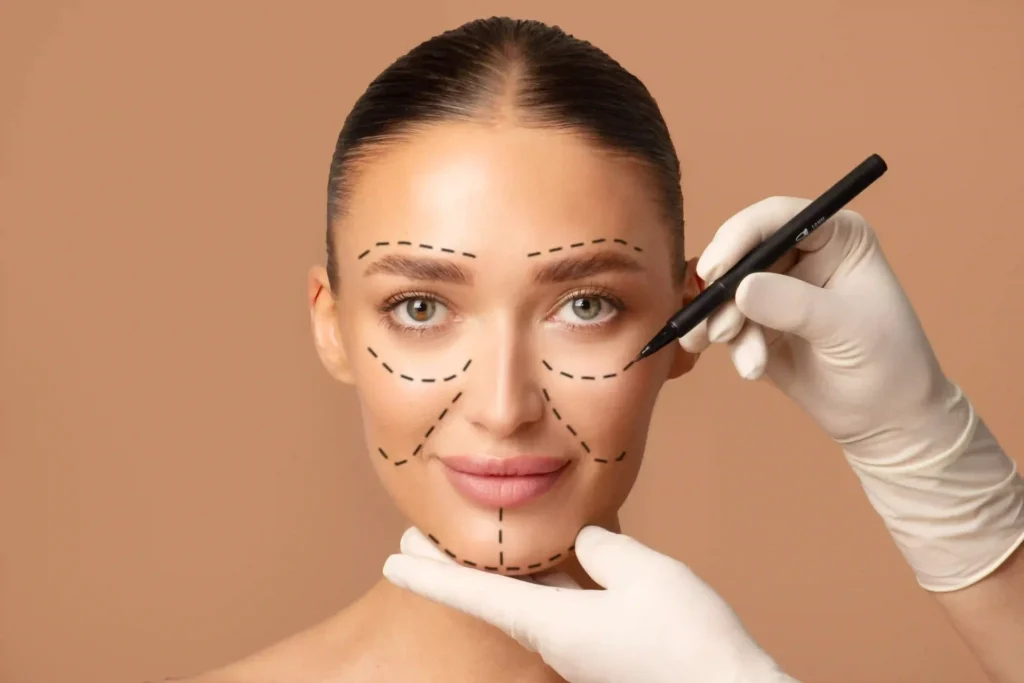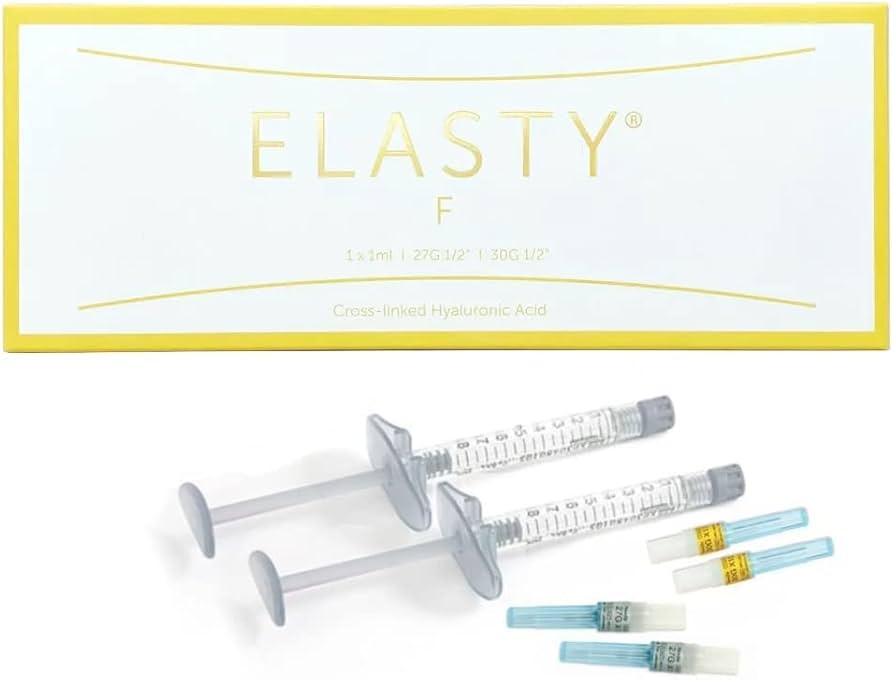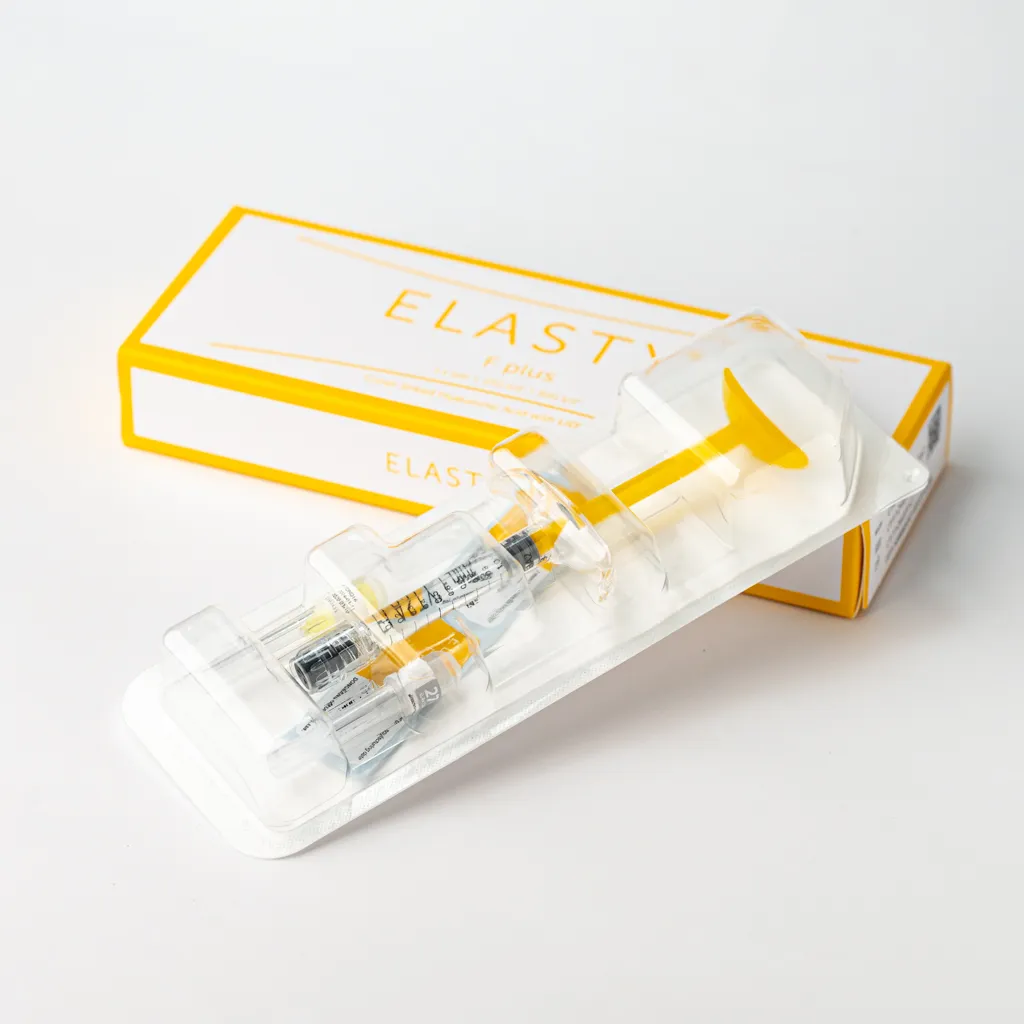Wondering which dermal filler lasts longer—Elasty or Juvederm? Studies show Juvederm typically lasts 9-12 months, while Elasty may persist up to 18 months due to its high cross-linking. But longevity depends on factors like injection area and metabolism. Let’s break down the key differences.
Table of Contents
ToggleHow Long Each Filler Lasts
When choosing between Elasty and Juvederm, one of the biggest questions is: How long will results last? While Juvederm is widely known for lasting 9-12 months, Elasty—a newer, highly cross-linked hyaluronic acid (HA) filler—can last up to 18 months in some cases. But real-world longevity depends on injection technique, treatment area, and individual metabolism. Let’s dive into the details.
1. Juvederm’s Typical Longevity (9-12 Months)
Juvederm is one of the most popular HA fillers, with different formulations (like Juvederm Voluma, Ultra, and Vollure) designed for various areas. Clinical studies and real-world data suggest:
- Voluma (cheeks, chin): Lasts up to 2 years in some patients, but most see 18-24 months of noticeable results.
- Ultra XC (lips, fine lines): Lasts 6-9 months due to thinner consistency and faster breakdown.
- Vollure (nasolabial folds): Designed for 10-12 months, with gradual fading.
Why it varies:
- Thinner fillers (like Ultra) break down faster in high-movement areas (lips).
- Deeper injections (Voluma) last longer because they’re less affected by facial expressions.
- Metabolism matters—younger patients with faster cell turnover may see shorter results.
2. Elasty’s Extended Durability (12-18 Months)
Elasty is a newer highly cross-linked HA filler, similar to Restylane Lyft or Teosyal RHA 4. Its key advantage is longer-lasting results, with studies showing:
- Cheeks & jawline: 12-18 months, sometimes longer due to dense HA structure.
- Lips & smile lines: 9-12 months, comparable to Juvederm Vollure but with slightly better retention.
- Under-eye & tear troughs: 10-14 months, as it resists migration better than some Juvederm variants.
Why it lasts longer:
- Higher cross-linking = slower breakdown by the body’s enzymes.
- Better water-binding capacity maintains volume over time.
- Less prone to spreading, making it ideal for precise contouring.
3. Real-World Factors That Affect Longevity
Both fillers can last longer or shorter depending on:
✅ Injection depth (deeper = longer-lasting)
✅ Treatment area (lips fade faster than cheeks)
✅ Lifestyle (smoking, sun exposure, and intense exercise can shorten results)
✅ Skincare (HA-boosting products like hyaluronic acid serums may extend effects)
Pro tip: Some clinics report that Elasty holds up better in oily or mature skin, while Juvederm integrates more naturally in younger patients.
4. Which One Should You Choose?
- If you want subtle, natural-looking results with touch-ups every 9-12 months, Juvederm is a safe bet.
- If you prefer fewer appointments and longer-lasting definition, Elasty may be worth the slightly higher cost.
Final Thought: Neither filler is “better”—just different. Discuss your goals with a provider to pick the best fit.
Key Factors Affecting Longevity
Wondering why some people get 12+ months from their fillers while others need touch-ups in 6 months? The truth is, filler longevity isn’t just about the brand—it’s about your body, lifestyle, and even where the filler is placed. Let’s break down the 5 biggest factors that determine how long Elasty or Juvederm will last for you.
1. Injection Area: Where You Get Filler Matters Most
Not all facial areas are equal when it comes to filler breakdown. High-movement zones degrade faster:
| Treatment Area | Expected Longevity (Juvederm) | Expected Longevity (Elasty) | Why? |
|---|---|---|---|
| Lips | 6-9 months | 8-12 months | Constant movement from talking, eating |
| Cheeks | 12-18 months | 14-24 months | Less movement, deeper placement |
| Nasolabial Folds | 9-12 months | 12-15 months | Moderate movement, but thicker filler used |
| Under-Eyes | 6-10 months | 9-14 months | Thin skin, but Elasty resists migration better |
Key Insight:
- Deeper injections (cheeks, jawline) last longer than superficial ones (lips, under-eyes).
- Elasty often outperforms Juvederm in high-movement areas due to its denser formulation.
2. Your Metabolism & Age
Younger patients (under 35) tend to break down filler faster because of higher collagen production and cell turnover. Studies show:
- Ages 25-35: Fillers last 10-20% shorter than in patients over 40.
- Ages 40+: Slower metabolism means Juvederm can last 12+ months, Elasty up to 18-24 months in cheeks.
Exception: Very mature skin (60+) may absorb filler differently—sometimes faster due to thin skin, sometimes slower due to reduced enzymatic activity.
3. Lifestyle Habits That Shorten Filler Life
Some daily habits speed up filler breakdown:
✅ Sun exposure – UV rays degrade HA faster (study: 30% faster breakdown with frequent sun exposure).
✅ Smoking – Reduces blood flow, weakening filler integration.
✅ Intense exercise – High heart rate = faster lymphatic drainage of filler.
✅ Alcohol consumption – Dehydrates skin, making filler appear less voluminous.
Pro Tip:
- Use SPF 50+ daily to protect filler.
- Avoid excessive cardio right after injections (wait 48 hours).
4. Injection Technique & Product Choice
Not all Juvederm/Elasty products are the same:
- Thicker fillers (Juvederm Voluma, Elasty Deep) last longer than thin ones (Juvederm Ultra, Elasty Soft).
- Layering technique (placing filler at multiple depths) can extend results.
Best Practices for Longevity:
✔ Go to an experienced injector – Poor technique leads to faster breakdown.
✔ Ask about high-G’ fillers – More cross-linked HA lasts longer.
5. Can Skincare Extend Filler Life?
Some products help maintain results:
- Hyaluronic acid serums – Boosts skin hydration, making filler look plumper.
- Retinol – Stimulates collagen, supporting filler structure.
- Avoid strong exfoliants – Over-exfoliation can thin skin, making filler fade faster.
Surprising Fact:
Patients who use HA-based moisturizers report 10-15% longer filler results in studies.
Which One Fits Your Needs?
Choosing between Elasty and Juvederm isn’t just about which one lasts longer—it’s about what you want to achieve. Some people prioritize natural-looking volume, while others want long-lasting definition with fewer touch-ups. Let’s compare how each filler performs in real-world scenarios so you can decide which one aligns with your goals.
For Natural-Looking, Subtle Enhancements
If you’re new to fillers or prefer a soft, undetectable lift, Juvederm is often the go-to choice. Its formulations (like Juvederm Voluma and Vollure) are designed to integrate smoothly with your natural tissue, making it ideal for first-time users or those who want conservative refinement. Many injectors recommend Juvederm for areas like the cheeks and nasolabial folds, where a gradual, blended effect is key.
One advantage of Juvederm is its consistency across different facial zones. For example, Juvederm Ultra XC gives lips a pillowy look without appearing overdone, while Vollure softens deeper wrinkles without stiffness. Patients who prioritize a “no-tweak” maintenance plan (touch-ups every 9-12 months) tend to prefer Juvederm because it’s predictable and widely available.
However, if you have oily or thicker skin, Juvederm may not hold its shape as long as Elasty. Some patients with strong facial muscle movement (like frequent smilers or talkers) notice that Juvederm breaks down faster in high-motion areas. That’s where Elasty starts to pull ahead.
For Long-Lasting Definition and Structural Support
Elasty’s biggest selling point is its durability, especially in areas that need strong projection or resistance to movement. If you’re looking for sharper cheekbones, a defined jawline, or under-eye support, Elasty’s high cross-linking helps it maintain shape for 12-18 months—sometimes longer in patients with slower metabolisms.
Another benefit of Elasty is its stability in oily or mature skin. Some fillers can spread or degrade faster in these skin types, but Elasty’s dense formulation resists breakdown better than many Juvederm variants. This makes it a smart pick for patients who’ve had fillers before and want longer intervals between appointments.
That said, Elasty isn’t always the best choice for ultra-natural lip augmentation or fine lines. Because it’s firmer, it can feel slightly more structured than Juvederm in thinner skin areas. Some injectors recommend mixing techniques—using Juvederm for lips and Elasty for cheeks—to balance longevity with a soft finish.
Budget and Maintenance Preferences
Cost plays a role too. While prices vary by clinic, Elasty tends to be 10-20% more expensive per syringe than Juvederm. However, if it lasts 30-50% longer, the overall cost over two years might even out. Patients who dislike frequent clinic visits often find Elasty more convenient, while those who enjoy gradual tweaks may prefer Juvederm’s flexibility.
The Best Way to Decide? Try a Consultation
There’s no universal “best” filler—just the right one for your anatomy and lifestyle. A skilled injector will assess your skin thickness, muscle activity, and aging patterns before recommending a product. Some clinics even offer small test doses of each to see how your skin reacts before committing.
Final Thought: If you value low-maintenance, sculpted results, Elasty could be your match. If you prefer a softer, adjustable approach, Juvederm remains a reliable option. Either way, the key is working with an injector who understands your long-term goals.

